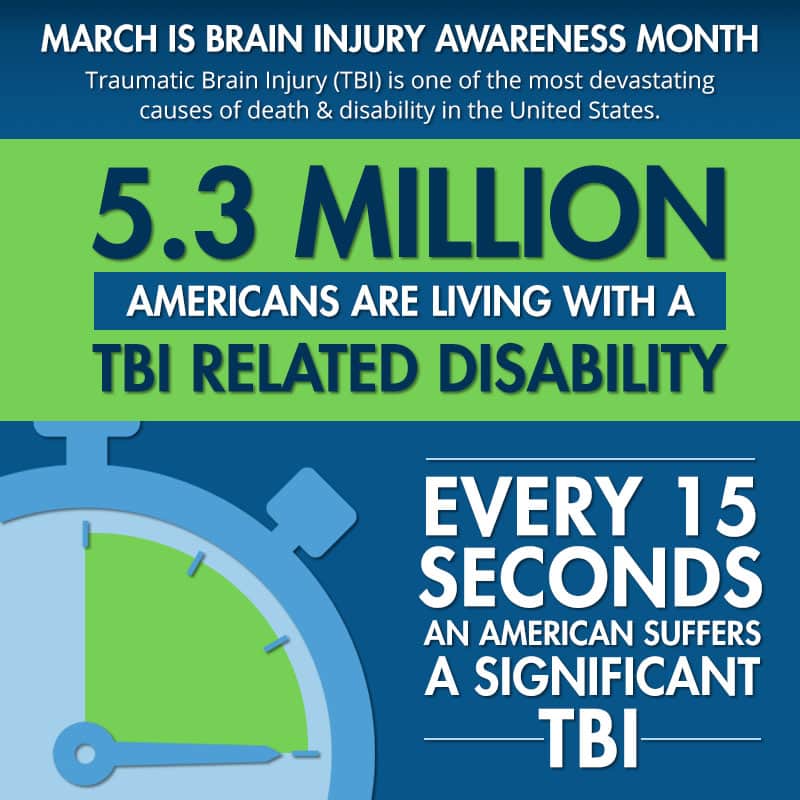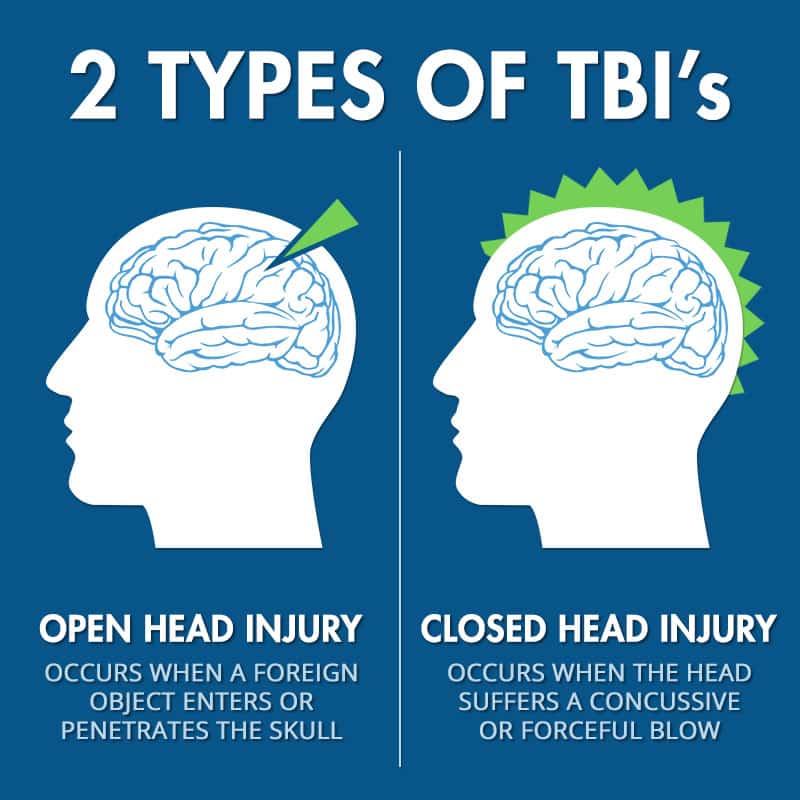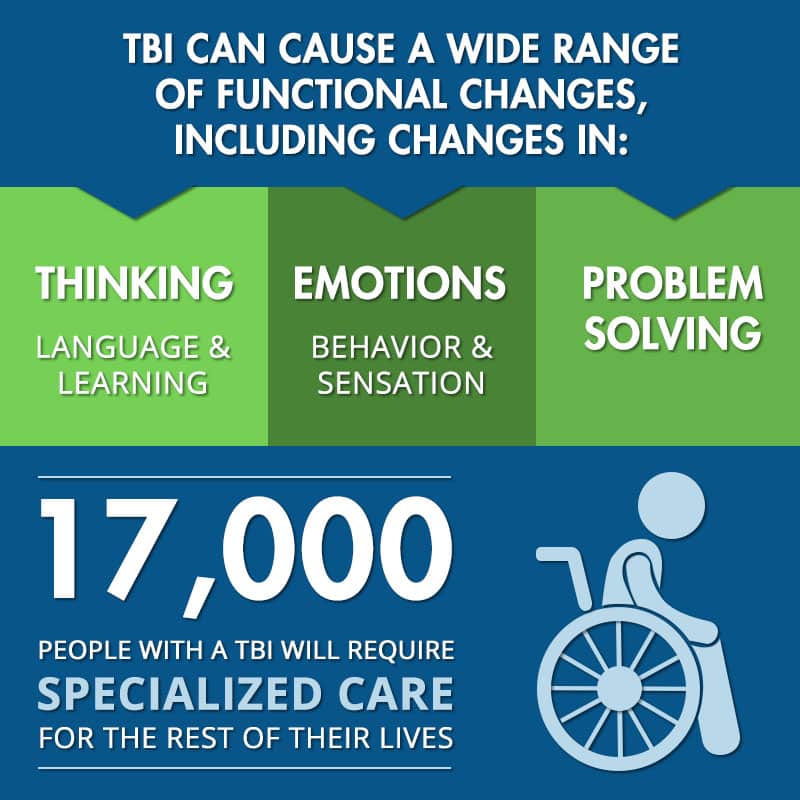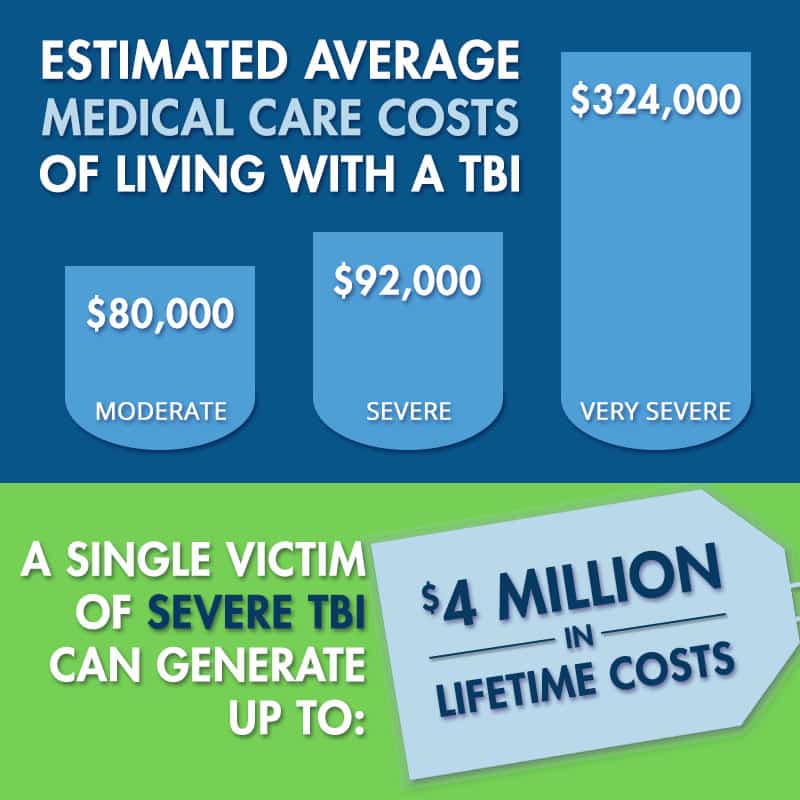Brain Injury Awareness Month 2021
March is Brain Injury Awareness Month, providing us with an opportunity to bring attention to the dangers of traumatic brain injuries (TBI). There are several types of brain injuries, all of which can vary in severity.
Types of TBIs
Concussions
A concussion is considered a common and often minor brain injury. These can be caused by shaking, an impact to the head, or a sudden change in movement, such as whiplash. Concussions are not usually found through testing so make sure to keep an eye out for tell-tale signs that you may have a concussion. These include headaches, nausea or vomiting, dizziness or blurred vision, light or noise sensitivity, feeling sluggish or foggy, and confusion. Concussions can also cause long-term problems such as chronic headaches, difficulty concentrating, memory loss, and more. Multiple concussions are especially dangerous, especially if the second concussion was sustained before the first one had a chance to properly heal. This is known as Second Impact Syndrome and although the circumstances vary, the risk of severe brain damage increases exponentially in these cases.
Brain Contusions
A brain contusion is caused by a sudden impact to the head, resulting in a bruise on the brain tissue. Just like with bruises that are visible on the skin, the bruise on the brain is caused by small blood vessels breaking and leaking after impact. However, unlike a bruise on the skin, the leaking blood inside the brain can cause any number of issues. Brain contusions can cause loss of consciousness, confusion, fatigue, mood swings, and more. Severe brain contusions have been known to swell, preventing proper oxygen levels to reach the brain.
Penetrating Brain Injuries
A brain injury is classified as a penetrating brain injury when the object that caused the impact breaks through the skull. These are particularly dangerous because if anything – the object, hair, skin, or skull fragments – touches the brain, it can result in serious injury to that specific area of the brain. Situations that have enough force behind them to cause a penetrating brain injury could include a slip and fall accident, a car accident, assault, sport-related injuries, and more.
Anoxic Brain Injuries
Anoxic brain injuries occur when the brain does not receive enough oxygen. If the brain is not supplied with a proper amount of oxygen, brain cells will begin to die after 4 to 5 minutes, resulting in a brain injury. Since oxygen is carried to the brain by blood, this type of brain injury often occurs because of a blood flow blockage such as a blood clot, stroke, or heart attack. Other times, even though the blood is flowing to the brain, it may not be carrying enough oxygen. Circumstances such as these could include poisoning, drowning, choking, suffocation, and more.
Levels of TBI Severity
Mild: Characterized by no more than a few minutes of lost consciousness. Some people with mild TBIs do not experience any loss of consciousness but may only appear disoriented. More often than not, these types of brain injuries will not show up during medical testing. Rather, while diagnosing, a medical professional will evaluate mental functionality.
Moderate: Characterized by a few hours of lost consciousness and confusion that can last up to weeks. Moderate TBIs are usually accompanied by physical, cognitive, or emotional complications that can last months or even be permanent.
Severe: These injuries are considered to be life-threatening and will usually leave the person with permanent complications that will dramatically affect their day-to-day life.
Traumatic brain injuries (TBIs) can occur for many reasons and leave the victim with any number of complications. If you or a loved one has sustained a brain injury as a result of another’s negligence, reach out to the team at Rob Levine & Associates today. We can help ensure you get the justice you deserve.
















